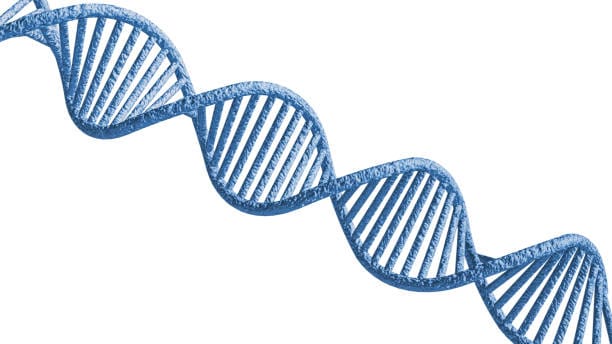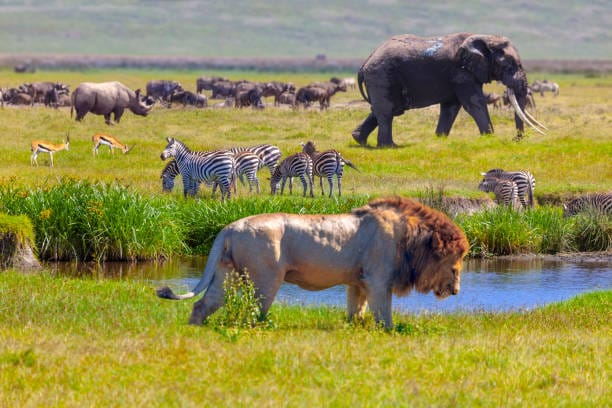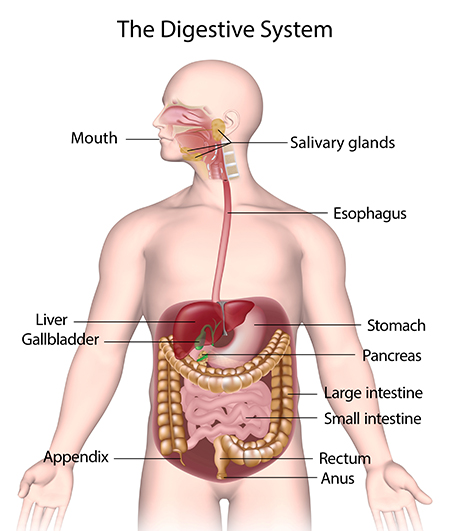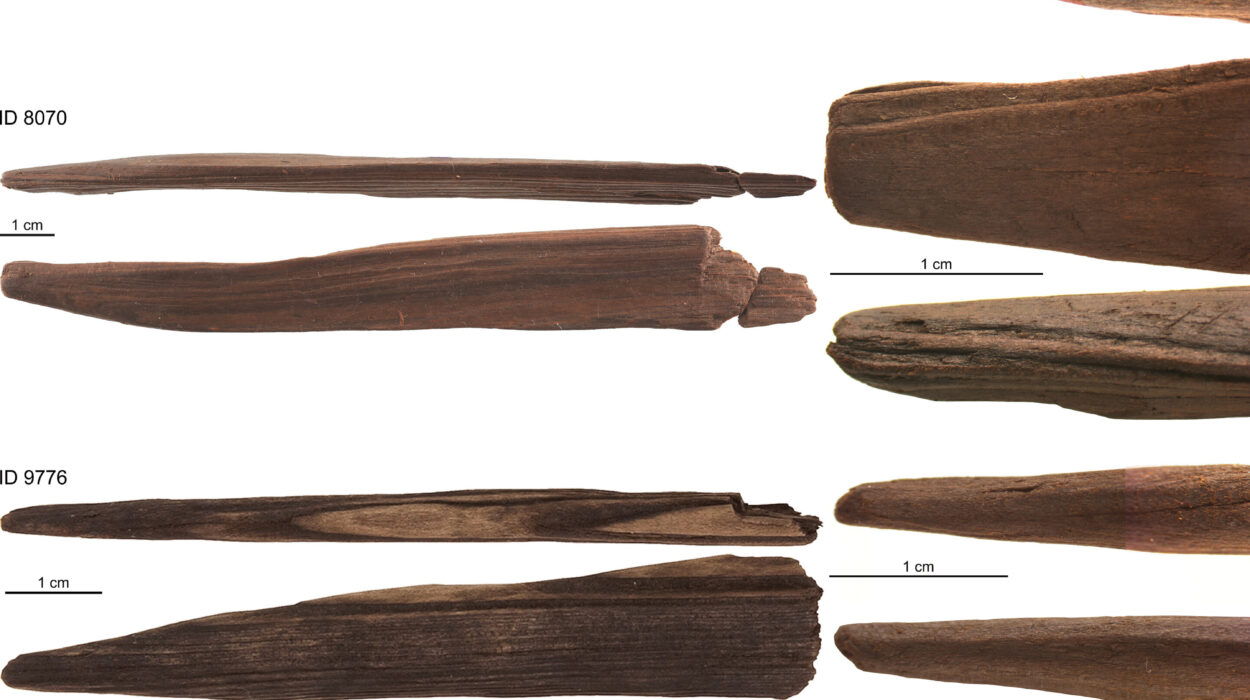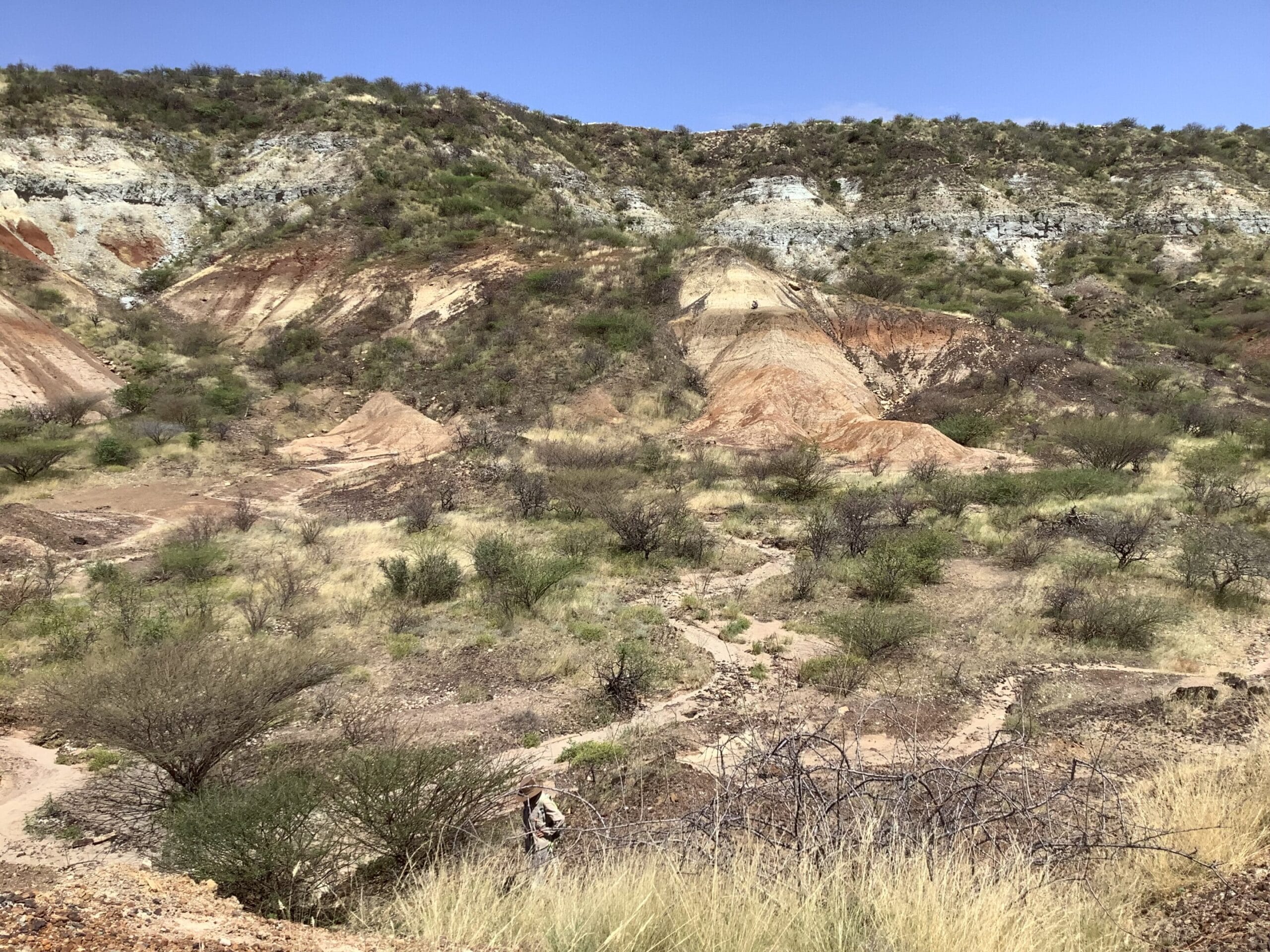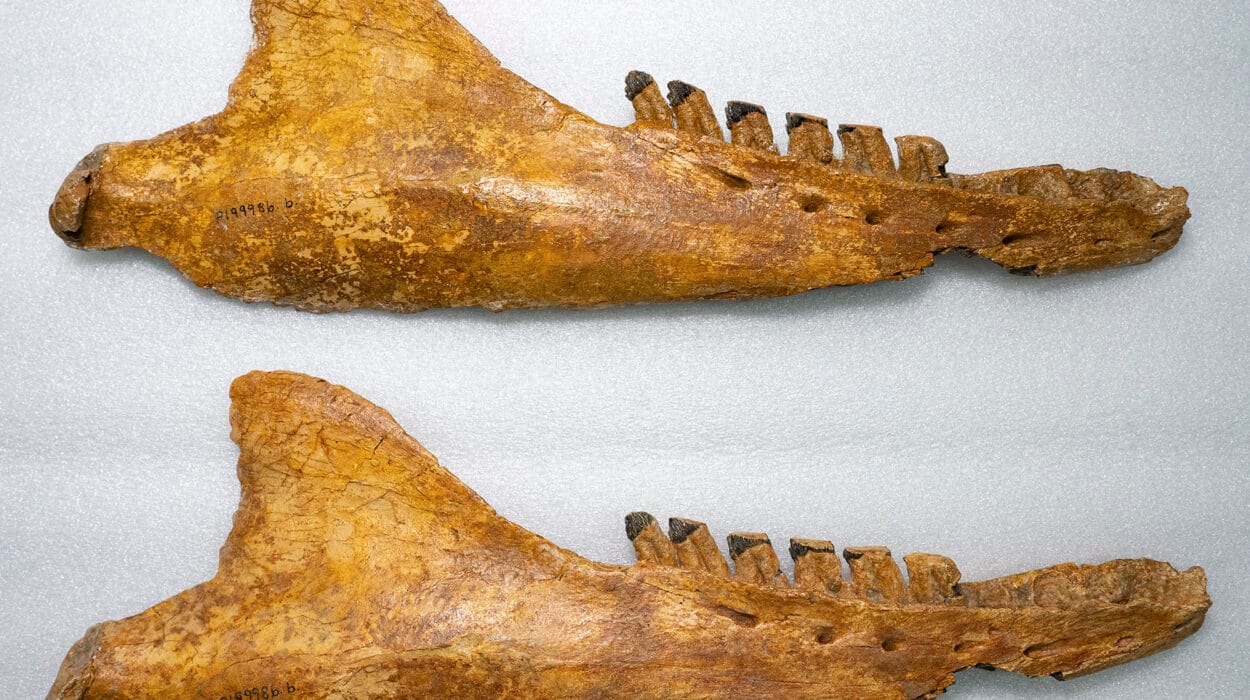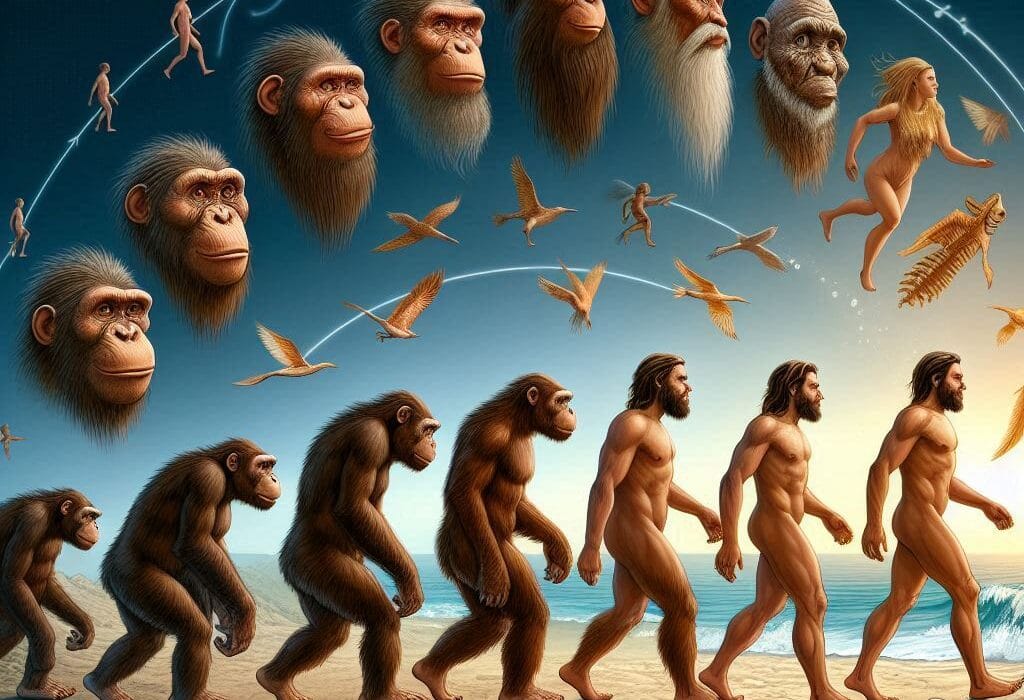In every living cell, from the mighty elephant to the tiny hummingbird, from towering redwoods to single-celled algae floating in the ocean, there is a universal script. It’s not ink on parchment or binary in code—it’s a sequence of molecules strung together in an intricate spiral called DNA. Within this double helix lies the blueprint of life, a set of instructions written in a language of four simple letters: A, T, C, and G.
Deceptively simple, these letters represent nucleotide bases—adenine, thymine, cytosine, and guanine—that pair and combine in a nearly infinite number of ways to produce genes, regulate cell functions, and shape entire organisms. What’s truly astonishing, however, is that this language is shared across all forms of life. The very fact that the same code operates in both a blade of grass and a human heart is a profound clue that we are not separate creations, but participants in a long, unfolding evolutionary story.
DNA is more than a biological necessity. It is the journal of life’s history, written and rewritten over billions of years, storing memories of ancient ancestors, catastrophic extinctions, and the branching paths of evolution. It doesn’t just support the theory of evolution—it illuminates it in exquisite detail, providing irrefutable evidence of how all life is related.
The Origins of a Revolutionary Idea
Long before scientists could peer into the microscopic realm of DNA, the idea that all life shares common ancestry was born through observation. Charles Darwin, in the 19th century, marveled at the similarities between finches, fossils, and embryos, formulating his theory of natural selection as the mechanism of evolution. He noticed that organisms could be grouped based on physical traits, geographical distribution, and embryonic development, but he lacked the tools to prove a direct genetic link between species.
What he suspected, but could not demonstrate, was that these similarities came from inheritance—organisms passing traits to their offspring through some invisible factor. He called them “gemmules,” but their true nature wouldn’t be discovered until nearly a century later with the identification of DNA as the molecule of heredity.
When Watson and Crick famously revealed the structure of DNA in 1953, it was more than a chemical breakthrough—it was the missing piece that connected Darwin’s elegant observations with modern biology. DNA offered the mechanism that explained how traits were inherited, how mutations occurred, and how species changed over time. And with the invention of genome sequencing decades later, we finally had the means to read the evolutionary history encoded in our genes.
The Genetic Thread That Connects All Life
Imagine pulling a thread that runs through the entire tree of life—through bacteria, jellyfish, reptiles, birds, and primates. That thread is DNA. Every living thing on Earth uses the same molecular system to store and transmit genetic information. This fact alone is compelling evidence that all life descended from a common ancestor.
At the most fundamental level, the genetic code is universal. The same sequences of three DNA bases—called codons—specify the same amino acids in all organisms. This means that a gene taken from a jellyfish can be inserted into a mouse, and the mouse’s cells will know what to do with it. They’ll read the gene, make the jellyfish protein, and fluoresce just like the creature from which the gene came.
This universality is not just an extraordinary coincidence—it’s a signature of shared ancestry. If all life had originated independently, we might expect radically different genetic systems. But we don’t see that. Instead, we find a single code with only minor variations. That consistency speaks of a common origin, a single molecular language passed down through eons, slightly altered but never rewritten.
Genes as Fossils of the Genome
Just as paleontologists dig up bones to study ancient creatures, geneticists unearth genes to explore evolutionary history. Some genes are so essential that they’ve been conserved across millions—even billions—of years. These “molecular fossils” tell stories just as vivid as those preserved in stone.
One example is the gene for cytochrome c, a protein involved in cellular respiration. This gene exists in nearly all aerobic organisms, from yeast to humans. When scientists compare the sequences of this gene across species, they find patterns of similarity that mirror the evolutionary tree suggested by physical traits and fossil records. The more closely related two species are, the more similar their cytochrome c genes tend to be.
These patterns are not limited to one or two genes. Entire genomes can be compared now, revealing detailed maps of evolutionary relationships. DNA comparisons have confirmed that whales are closely related to hippos, that birds evolved from theropod dinosaurs, and that humans share a common ancestor with chimpanzees. In fact, human and chimpanzee genomes are approximately 98.8% identical, a staggering figure that highlights just how recently we diverged on the evolutionary timeline.
The Mystery of Endogenous Retroviruses
One of the most compelling and surprisingly poetic lines of evidence for evolution comes from what are known as endogenous retroviruses (ERVs). These are the remnants of ancient viral infections that occurred in the germ lines—sperm or egg cells—of our ancestors. When a virus inserts its genetic material into our DNA and that change is passed to future generations, it becomes a kind of biological scar, permanently embedded in the genome.
What makes ERVs fascinating is that they are inherited in the same place in the DNA of all descendants. If humans and chimpanzees share a particular ERV in the exact same spot in their genomes, it’s because that viral insertion happened in a common ancestor before the two species diverged. Scientists have identified many such shared ERVs between humans and other primates, forming a genetic trail of breadcrumbs that leads back through evolutionary history.
These viral sequences serve no functional purpose, and in some cases are even mutated beyond recognition—yet they remain embedded in our DNA, silent witnesses to our ancestral past. Their presence is nearly impossible to explain through any lens other than shared ancestry.
Evolution in Real Time: Mutation and Descent
DNA is not a static library—it mutates, recombines, and evolves. Every time an organism reproduces, its DNA is copied, but that process is not perfect. Small errors, called mutations, occur naturally and accumulate over generations. Most mutations are harmless or neutral, some are beneficial, and a few are harmful.
These mutations are the raw material of evolution. Over time, they change the genetic makeup of populations, leading to variation, natural selection, and eventually, speciation. By comparing DNA from different organisms, scientists can estimate how long ago they shared a common ancestor, based on the number and types of mutations that have accumulated. This method, known as the molecular clock, allows researchers to reconstruct evolutionary timelines with remarkable precision.
For instance, by analyzing human mitochondrial DNA—passed only through mothers—scientists have traced the matrilineal lineage of all humans to a common ancestor in Africa, often referred to as “Mitochondrial Eve.” This isn’t a single woman from whom we all descend exclusively, but rather the most recent woman from whom all living humans inherit their mitochondrial DNA, emphasizing our shared origins.
Homology Beyond Bones: Conserved Genes and Development
Long before DNA could be examined, biologists studied homologous structures—similar anatomical features that arise in different species due to shared ancestry. The forelimbs of humans, cats, whales, and bats all contain the same basic bone structure, adapted for different functions. These observations hinted at a common blueprint.
Now, with access to DNA, scientists can identify homologous genes—genes that have been inherited from a common ancestor. These genes often play critical roles in development, and some are so conserved that they remain almost unchanged across vast stretches of evolutionary time.
One particularly astonishing group of genes is the Hox genes, which regulate the body plan of animals during early embryonic development. The same Hox genes determine whether a creature becomes a worm, a fish, or a human, depending on how and when they are activated. These genes act like master architects, controlling the blueprint of life across species.
The conservation of these genes across diverse organisms—from fruit flies to humans—reveals the deep genetic unity of life. Evolution has not started from scratch with each new species. Instead, it modifies what already exists, repurposing ancient genetic tools for new functions.
DNA and the Human Story
The study of DNA has not only confirmed our evolutionary relationship with other animals but also revealed the intricate web of human ancestry. By comparing genomes from different populations around the world, geneticists have traced human migrations out of Africa, reconstructed the peopling of continents, and uncovered interbreeding events with other hominins like Neanderthals and Denisovans.
Modern humans carry small but significant percentages of Neanderthal DNA, a discovery that stunned scientists and challenged the once-clear distinctions between species. These genetic legacies affect everything from our immune responses to our susceptibility to certain diseases. Our DNA tells us we did not replace our evolutionary cousins—we mingled with them.
Moreover, genetic evidence has revealed lost branches of humanity. The Denisovans were identified solely through DNA extracted from a finger bone found in a Siberian cave. No one had ever known they existed before their genome was sequenced, yet their DNA lives on in populations from Asia and Oceania. This ability to resurrect ancient relatives through genetics is rewriting the story of what it means to be human.
The Power and Responsibility of Genetic Knowledge
Understanding DNA’s role in evolution has opened up new realms of possibility. Genetic engineering, CRISPR gene editing, synthetic biology, and personalized medicine all stem from our knowledge of DNA. But with great power comes great responsibility. The same knowledge that allows us to cure genetic diseases can be misused to justify eugenics or discrimination if misunderstood or manipulated.
Moreover, as we manipulate genes, we must remain aware of our place in the web of life. DNA doesn’t lie—it tells us unequivocally that we are not lords of the Earth, but its kin. We are not fundamentally different from the creatures that crawl, swim, or fly—we are their relatives. The DNA in a daisy, a dolphin, or a dragonfly is not alien to us, but part of the same ancestral library.
Recognizing this interconnectedness is more than a scientific truth—it is a moral imperative. It calls for humility, compassion, and stewardship. It tells us that when we destroy habitats, extinguish species, or poison the environment, we are not harming strangers—we are injuring family.
DNA as the Signature of Evolution
In the end, DNA is more than a molecule. It is a chronicle of transformation, a signature of shared beginnings, and a roadmap of relationships. It confirms what fossils and forms long suggested: that life is not a collection of isolated miracles but a continuous, branching, living tapestry.
The beauty of this story lies not just in its scientific rigor but in its emotional resonance. To know that you share a common ancestor with a butterfly or a banana is to feel a part of something ancient and vast. To realize that your genes carry echoes of extinct relatives, Neanderthals and Denisovans, is to hear the whispers of history in your blood.
DNA confirms evolution not through conjecture but through comparison, consistency, and clarity. It ties together every creature that has ever lived. It shows that change is real, descent is true, and life, in all its diversity, is the product of billions of years of unfolding complexity.
In the Spiral, We Are One
So the next time you touch your skin, brush your hair, or hear your heart beating, remember that beneath it all, your DNA is humming a tune written eons ago. You are not a solitary being. You are a symphony of ancestors, a node on the vast tree of life, a brief and beautiful link in a chain that stretches back to the beginning.
And through that chain, we are connected to the stars, to the sea, to the soil, and to each other—not as strangers, but as kin. Evolution, seen through the lens of DNA, is not just a theory. It is the story of us all.
